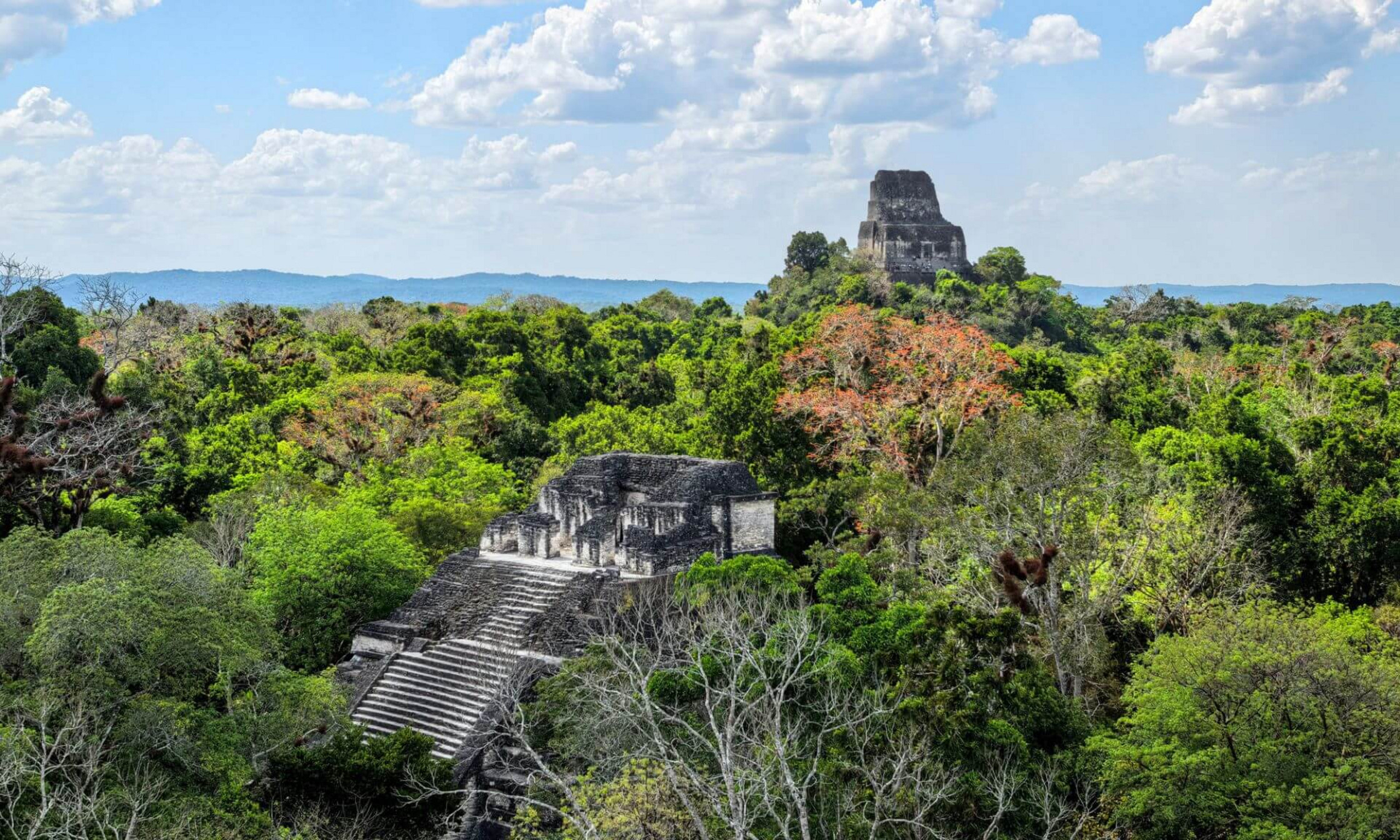A radical change occurred during the Classic period, between 1,600 and 1,000 years ago: although populations were much denser, the use of fire decreased considerably. “This probably means that most of the land had been cleared, which could have led to a change in agricultural strategy,” said Gwinneth.
The data suggest a major intensification of agriculture, including ridge and furrow ploughing to reduce erosion and intensive gardening. “Fire was no longer an important component of their farming practices,” Gwinneth said. “This transformation reflects gradual urbanization and suggests that the Maya were changing agricultural strategies to feed a growing population.”
This change in agricultural practices is consistent with what archaeologists and anthropologists know about the Maya civilization at its peak: it was a complex, urbanized society with increasing specialization and advanced agricultural techniques adapted to the environment.
The stable climate riddle
However, analysis of hydrogen isotopes has shown that, unlike Maya sites further north that suffered drought, Itzan seems to have had a stable climate due to its geography.
“Itzan is located near the Cordillera, where atmospheric currents from the Caribbean generate regular orographic (mountain-related) rainfall,” Gwinneth explained. “While other Maya regions suffered devastating droughts, Itzan appeared to have a stable climate.”
Gwinneth considers this discovery significant because some archaeologists have argued that the Maya collapse began in the southwestern region, where Itzan is located. If Itzan did not experience drought, this can't have been the initial cause of the decline, he said.
“Even though there were no drought conditions locally, the population of Itzan declined sharply during the Terminal Classic period, between 1,140 and 1,000 years ago,” Gwinneth continued. “Population markers show a dramatic fall, signs of agriculture disappear, the site was abandoned.”
How can we explain that a community with water and favourable conditions suffered the same fate as its neighbours, who were afflicted by drought?







